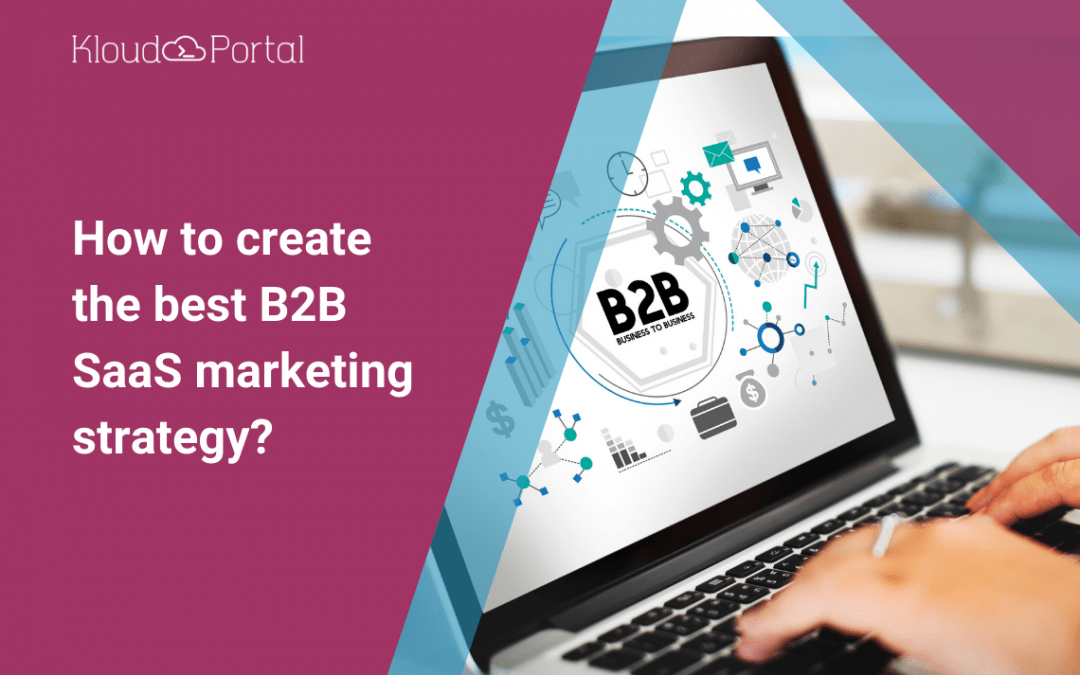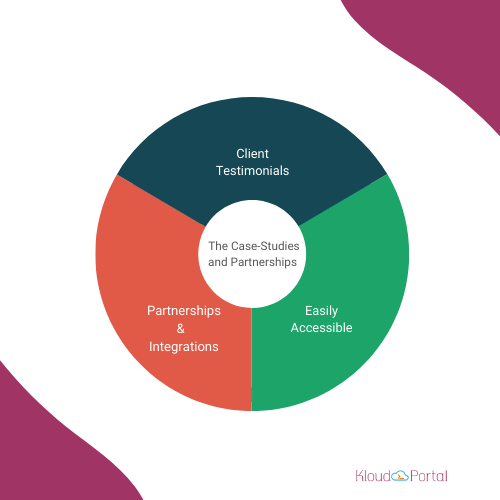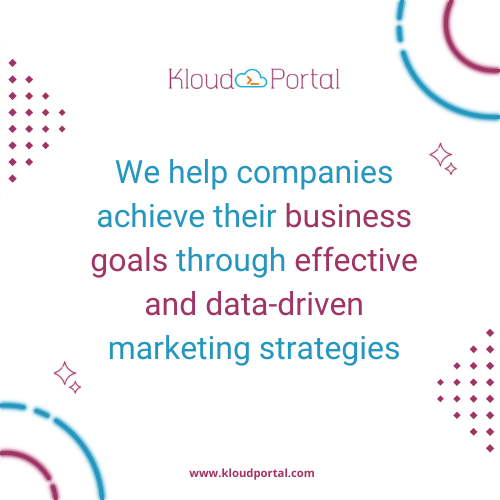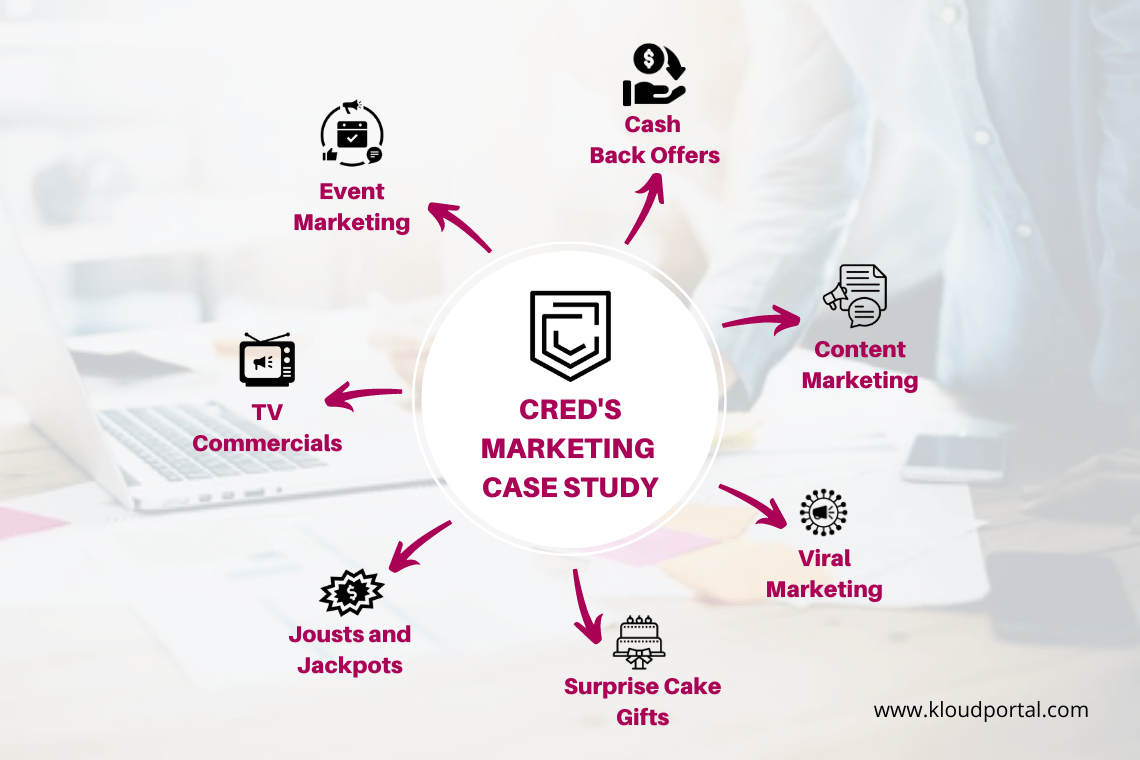
How to create the best B2B SaaS marketing strategy?
What we cover in this blog?
Introduction:
SaaS enterprises fill a need in the market by offering online subscription services to businesses. Most companies use at least one SaaS provider for email automation, Customer Relationship Managemen(CRM), or file hosting service. However, although a SaaS firm can assist business owners in finding consumers, it is gripping to see how SaaS business owners promote other businesses.
It corresponds to implementing a plan of action based on your organization’s goals. A marketing plan is created by using several strategies and approaches.
You’ll need to apply the most effective marketing tactics in sync with your business to accelerate your business to the next level and stand out from the crowd.
To understand it in more depth, let us go through eight B2B marketing strategies to help you build your SaaS business:
1. Create Appealing Content:
Content marketing for SaaS companies can take the shape of case studies, blogs, e-books, or any other type of content and is a proven technique for establishing a brand, reaching your target audience, and generating leads.
Compelling content increases marketing influence.
It also improves the brand from a marketing aspect, providing experience in solving difficulties that others are encountering. Instead of explicitly pitching a product, the material should be instructive, relevant, or amusing in a way that targets your target audience and gives them unique information.
2. Build A Strong Social Media Presence:
Building a social media network, interacting with your followers, and understanding your target demographic are excellent strategies to establish a brand.
Many B2B marketers have had success growing their businesses using social media platforms such as Quora, LinkedIn, and other venues where key decision-makers ask questions.
3. Interact With Your Audience:
Community participation is a terrific approach to reaching out to a certain demographic and educating them about how your product may assist them in solving difficulties.
Utilizing social media by organizing virtual campaigns, interactive polls, and games will render more reach and leads.
4. Showcase The Case- Studies and Partnerships:
Displaying client testimonials is a simple and efficient technique to establish trust. Make any partnerships and integrations with other firms prominently displayed. Showing your associations with well-known businesses builds trust.
Make your client testimonials and case studies easily accessible on your website to build a strong reputation.
5. Provide A Plethora of Pricing Options:
It is always beneficial for your company to demonstrate how you provide greater value to clients.
Regarding subscription pricing schemes, one size does not always fit all. Consider giving several price plans to your consumers based on their budgets and demands, and make them easily accessible on your website.
It demonstrates that you understand your customer’s needs and provide flexible and customized solutions for their budgets.

6. Provide Demos and Free Trials:
Free trials are also a fantastic method to give your consumers a taste of your software before committing to purchasing it.
To enhance customer conversion rates, follow up with marketing automation and sales.
Furthermore, you may use client input to improve your product and plan offers overtime. If you don’t provide a full free trial, consider giving a demo version, allowing buyers to try out the features of your services.
7. Utilize The Power of Referrals:
Referral programs, a popular marketing tactic among SaaS firms, may help increase user sign-ups by providing incentives to the community.
Referral programs allow you to reach out to the people who would most benefit from your products and services.
Most referral systems are the same: provide a reward to receive the same prize back. This concept, on its own, is classic.
Brands that have effectively engaged loyal consumers are increasingly approaching the referral model in novel and innovative ways. Some of these novel ideas include tiered systems, gamified benefits, and short bonus periods with increased rewards.
8. Keep Track of the Market Trends:
Researching the market is an important part of a successful SaaS product marketing plan. It’s critical to identify the top SaaS company in your line of goods so you may benefit from its experience, especially the techniques it employs.
SaaS product marketing agency assists in developing the company’s approach in line with the market trends.
Conclusion:
Whereas it is clear that B2C marketing is concerned with mindshare and building a brand, B2B SaaS marketing focuses on getting your clients at the right time and educating them on how your solution addresses their problems. By delving further into these eight best practices, you’ll be able to create a successful marketing plan that converts interested leads into loyal buyers.
Still confused about how to get started?
Don’t worry; Kloudportal has got you covered!
Kloudportal is a digital marketing firm specializing in SaaS marketing and sales outsourcing. Contact us to learn more about how a comprehensive marketing strategy might help your business in 2022.

Almaas saleem
About The Author…
Almaas Saleem – A software Engineer by profession, worked as an Automation Test Engineer and cleared the international level testing exam (ISTQB). Almaas has a sharp eye on everything about the web, technology and innovation and also is Engaged in Technical writing for new businesses managing various entities. Her Area of Expertise includes Web development and design, Automated test software(s), ethical hacking, cybersecurity, cryptography, and digital marketing. Being committed and efficient towards her work is what makes Almaas stand out from the crowd.











